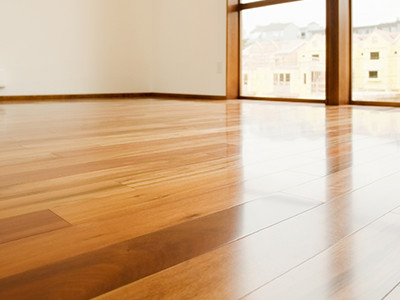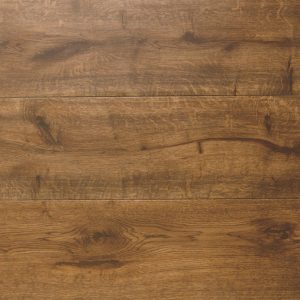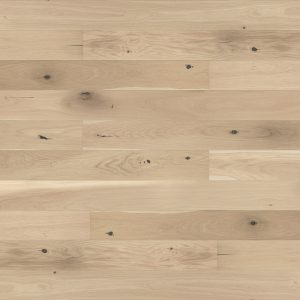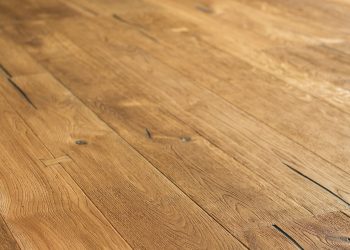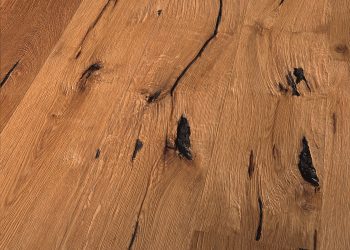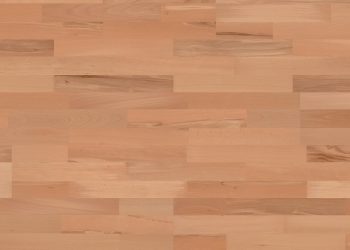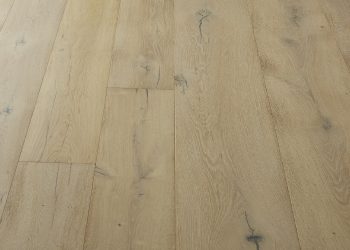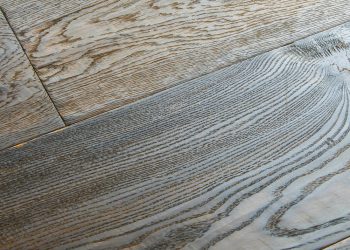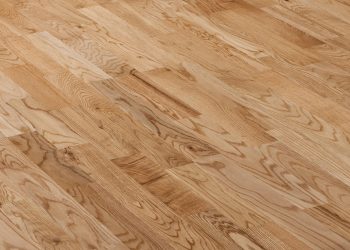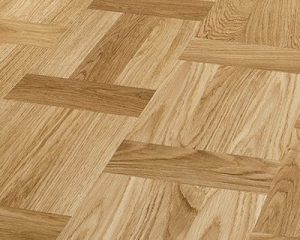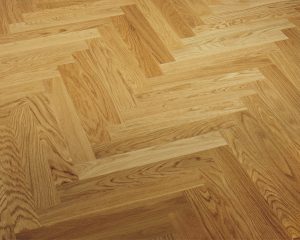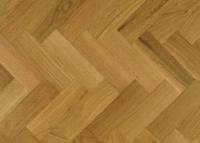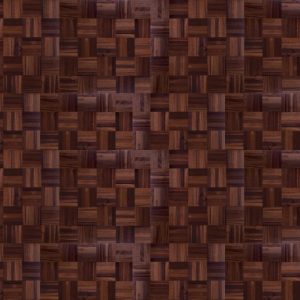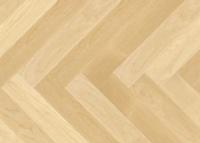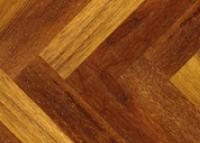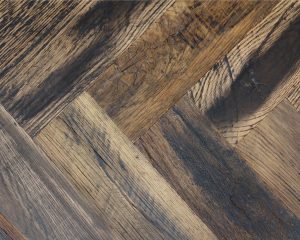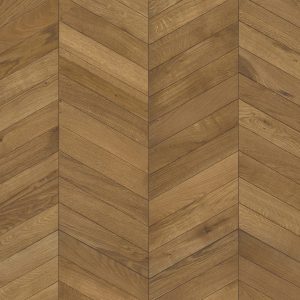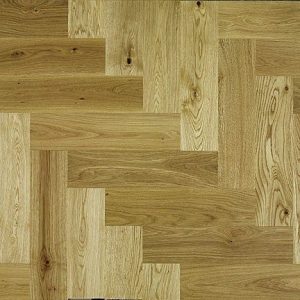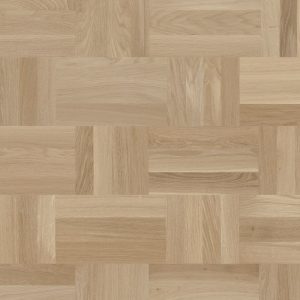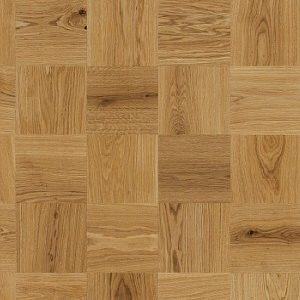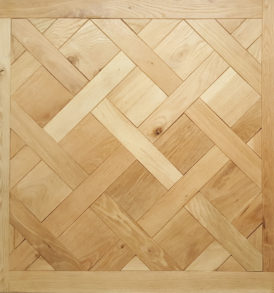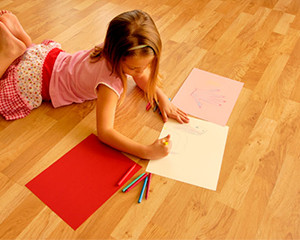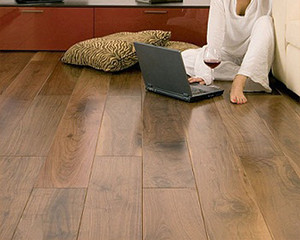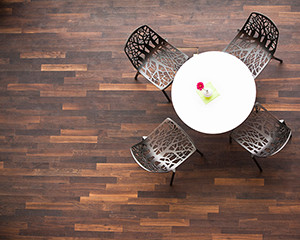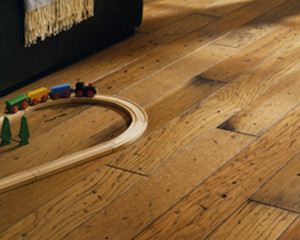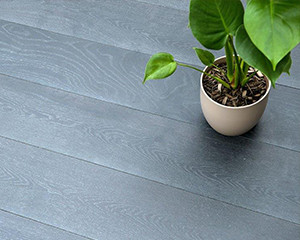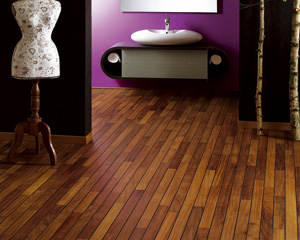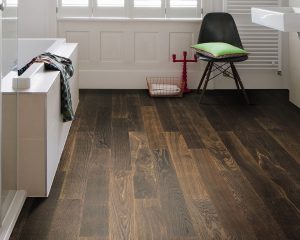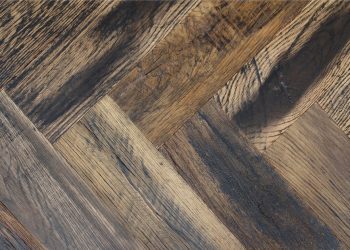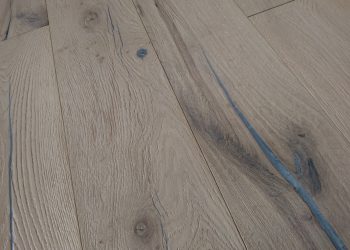Installation work of your hardwood floor is simple and straight forward with the correct base underlay and tools. Flooring underlay can help you get the best out of the wide range of wood flooring types, including engineered flooring and laminate wood flooring.
We bring you a helpful introduction to choosing the right flooring and underlay to suit you!
Depending on the type of installation/laying you require your home, there is a wide range of types of underlay available. A benefit and need for underlay are that it protects and insulates your hardwood floor from temperature change and humidity which is naturally created. Contact between the screed and the hardwood becomes reduced by the underlay.
One of the important reasons to install a quality underlay underneath your hardwood at the ground and lower levels is to provide a moisture barrier to perfect the floor from warping. Warping of the floor is where there is a bend or twist created in the boards, resulting in it being out of shape. This occurs with the effects of heat or damp. Also acting as a thermal insulator, you wouldn’t want to miss out on these benefits?

Houses and commercial buildings can build up moisture damage due will occur as wood is naturally absorbent to moisture so soaks into the hardwood from underneath, rotting of the floor can occur. Checking your moisture level is important before installing the hardwood for this reason.
To ensure a Level install of the hardwood flooring the correct underlay will provide the appropriate allowance when the sub-floor is uneven.
When installing a hardwood floor over underfloor it is important to remember that a foiled-backed underlay would restrict the heating performance whereas a trans-absorbent underlay will allow the underfloor heating to perform well.
Underlay Types:
Foam Underlay comes in a variety of thicknesses, colours and types yet are very lightweight in the material. It is a suitable choice for most styles of hardwood floor, one of the most common options are underlays with a built-in moisture barrier.
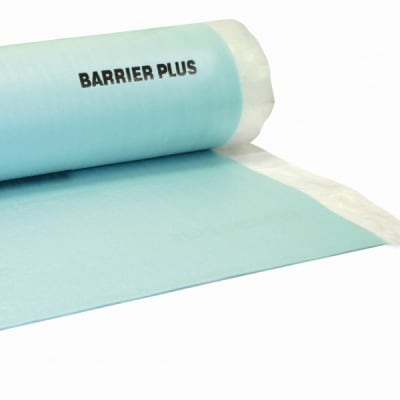
Rubber Underlay is more of a premium and suggests real rubber as opposed to latex equivalents, the rubber will perform better reducing the sone levels (echo/noise) and performs to a much higher level with a built-in foil moisture barrier to defect coldness and moisture.

Underfloor Heating Underlay is, as you can imagine, best suited for heat transfer into your home. Choosing the incorrect underlay can result in reducing its effectiveness but the same results can be achieved using a basic foam underlay at less of a premium
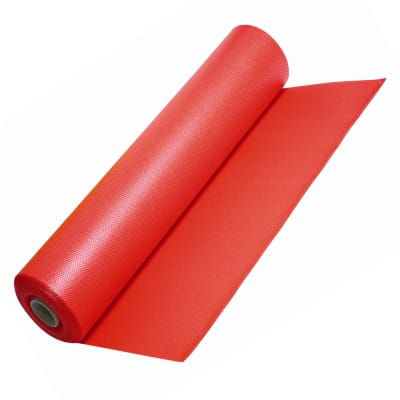
Adhesive underlays are simple and quick to install due to its removable film layer but more suited towards solid hardwoods, rather than engineered and known as a DIY underlay for small areas of less than 10m2.
Leveller Boards are installed to ensure thermal insulation within your home, placed in between the screed and the floorboards. It is proven that they can impact the reduction of sound in your home up to 19 decibels! They are easily cut to size and simple to lay making installation much quicker and straightforward.
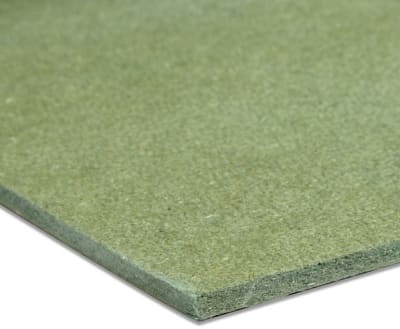
We offer a range of underlay types to best suit your flooring, covering all types of installation from leading manufacturers.

